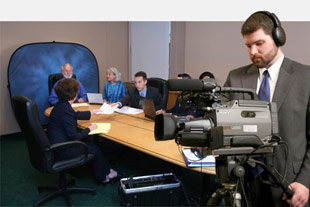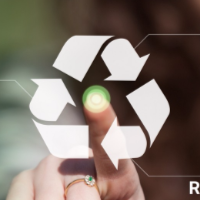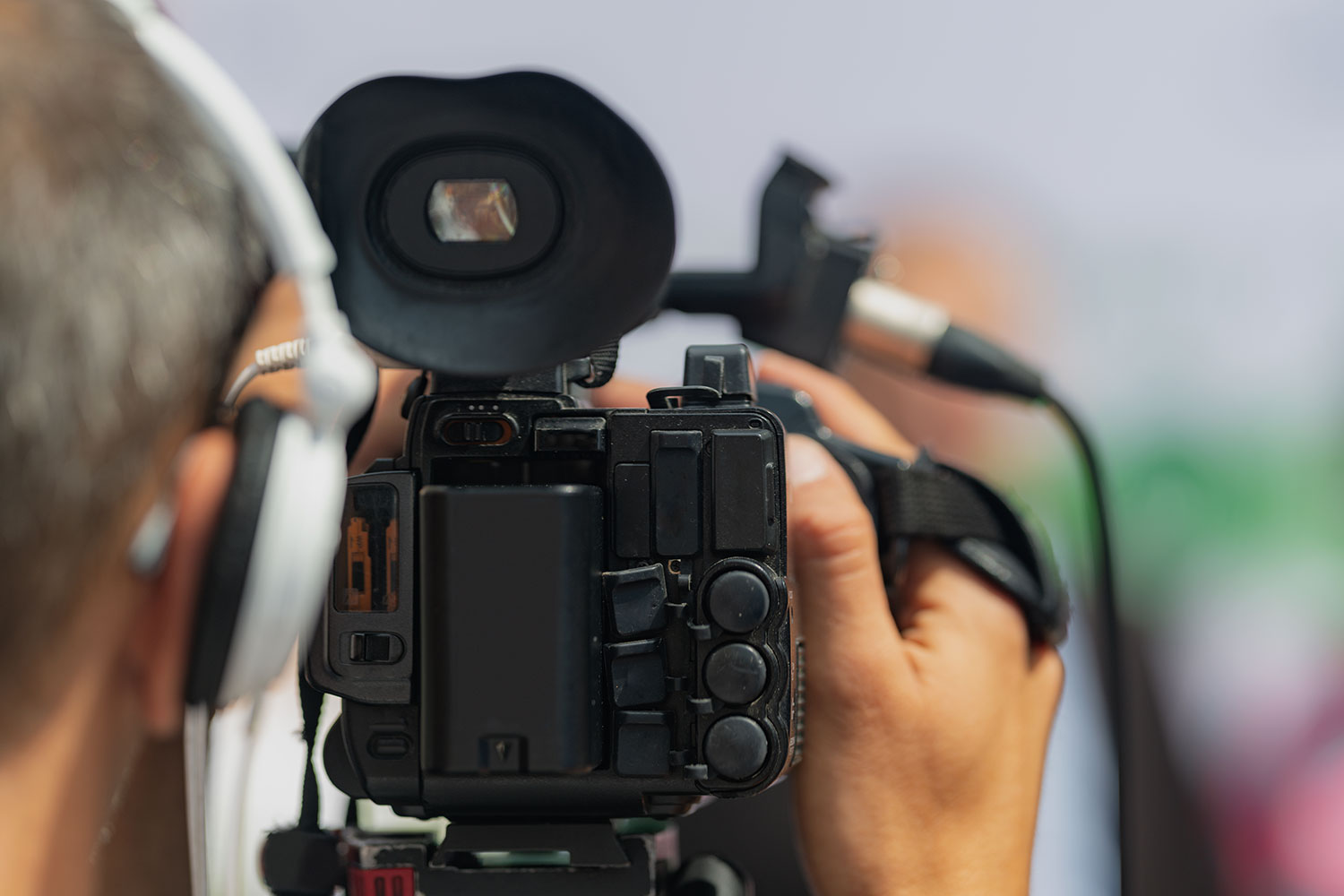Legal Videography: A Critical Element in Building Strong Legal Cases
Legal Videography: A Critical Element in Building Strong Legal Cases
Blog Article
Why Lawful Videography Is Important for Accurate Court Recordings
The duty of lawful videography in court settings can not be overstated, as it serves as an essential device for protecting the stability of court documents. The implications of integrating legal videography into common courtroom practices elevate crucial questions concerning its wider influence on the legal system.
Importance of Visual Proof
In the realm of lawful proceedings, the significance of aesthetic evidence can not be overemphasized. Visual evidence acts as a powerful device in developing truths, supporting testaments, and enhancing the total clarity of an instance. This type of evidence, which consists of photographs, video clips, and layouts, can offer a substantial context that verbal summaries frequently do not have, thereby using juries and judges a more clear understanding of the circumstances surrounding an instance.
Moreover, visual proof aids in the retention of info. Human cognition is naturally visual, and people are more probable to keep in mind and comprehend info provided in an aesthetic format. In the court room, this can be important, as engaging visual proof can persuade point of views and reinforce the story presented by lawful representatives.
Furthermore, using aesthetic evidence can decrease misunderstandings and obscurities that typically arise from spoken exchanges. By providing a direct depiction of occasions, visual evidence aids to eliminate subjective analyses and promotes an extra unbiased examination of the facts. The combination of visual evidence right into lawful procedures not just strengthens the honesty of the judicial process however also boosts the possibility of achieving a just outcome.
Catching Non-Verbal Signs
Making use of innovative videography techniques can considerably boost the capture of non-verbal signs during legal procedures. Non-verbal communication, including faces, body language, and eye contact, plays an essential function in conveying emotions and intents that might not be explicitly specified in verbal testimony. legal videography. Lawful videography utilizes high-def cameras and calculated angles to guarantee that these refined cues are tape-recorded with clarity and precision
The capability to analyze non-verbal habits can supply important context to declarations made during court sessions. For instance, a witness's unwillingness or confidence can be translated via their stance or gestures, possibly affecting the jury's perception of credibility. The usage of close-up shots can assist concentrate on a speaker's expressions, enabling for a more nuanced understanding of the testament.
In addition, incorporating several electronic camera angles can create a comprehensive sight of interactions, highlighting dynamics in between events involved. This diverse technique not only boosts the precision of the court record yet also help in maintaining the stability of the judicial procedure - legal videography. Inevitably, catching non-verbal signs via legal videography read review cultivates a richer, a lot more full representation of courtroom process

Enhancing Testament Reliability
The dependability of statement can be significantly strengthened via using top quality lawful videography. Video clip recordings function as an objective medium that records not only the talked words of witnesses but likewise the subtleties of their delivery, including tone, pacing, and psychological expressiveness. This diverse paperwork supplies a more clear understanding of the witness's reputation and objectives, which can be pivotal in lawful procedures.
Additionally, legal videography reduces the potential for misinterpretations that might develop from composed transcripts alone. When jurors can observe a witness's demeanor and body movement here along with their testament, they are much better equipped to evaluate the credibility and dependability of the proof presented. This aesthetic context can strengthen the testimonial story, making it extra engaging and credible.
Furthermore, the presence of a video recording can hinder prospective disparities in statement. Witnesses may be more mindful in their declarations when they know they are being recorded, causing more accurate and truthful accounts. In general, top quality legal videography enhances the integrity of testament, making certain that the court has accessibility to a complete and sincere depiction of the truths as shared by the witnesses.
Sustaining Appeals and Reviews
Lawful videography plays a crucial function in supporting charms and testimonials by giving an extensive visual document of court proceedings. This aesthetic paperwork captures not only the spoken words of witnesses and lawyers yet additionally the subtleties of body language, intonation, and courtroom characteristics. Such components can be crucial in comprehending the context of testimonies and debates provided.
In the appellate procedure, where the focus is on mistakes of law and pop over to this site step-by-step justness, a video document can work as a crucial tool for appellate courts. It allows judges to examine the initial trial context, guaranteeing that decisions are based on a total understanding of the process. The ability to visually analyze the attitude of witnesses or the communications in between events can reveal understandings that created transcripts might ignore.

Additionally, legal videography can help in clearing up uncertainties in testaments or step-by-step rulings, thus enhancing the basis for a charm. By using a dependable, objective account of what transpired in court, lawful videography not just sustains the stability of the lawful procedure but also empowers all events entailed to make enlightened choices concerning their cases.
Simplifying Court Room Processes
Enhancing court room efficiency, legal videography simplifies procedures by supplying immediate accessibility to visual documents of proceedings. This modern technology allows courts, lawyers, and juries to review critical testimony and proof, making certain that all events have a clear understanding of the situation. By catching the nuances of verbal and non-verbal communication, videography enhances the record, making it simpler to realize the context and weight of statements.

Additionally, video recordings can facilitate remote involvement in hearings, enabling higher flexibility in organizing and engagement, which is especially important in complex instances including multiple stakeholders.
Conclusion
In conclusion, legal videography plays an essential role in making certain accurate court recordings by providing vital visual evidence that catches both spoken and non-verbal interaction. This technique boosts the reliability of statements, sustains appellate testimonials, and improves court procedures. By cultivating a detailed understanding of court room dynamics, legal videography inevitably adds to extra fair judicial results, enhancing the honesty of the lawful system and assisting in educated decision-making.
Report this page